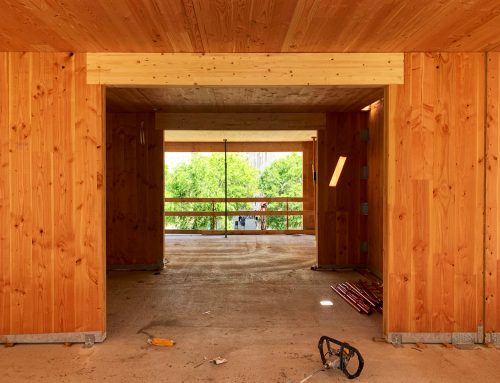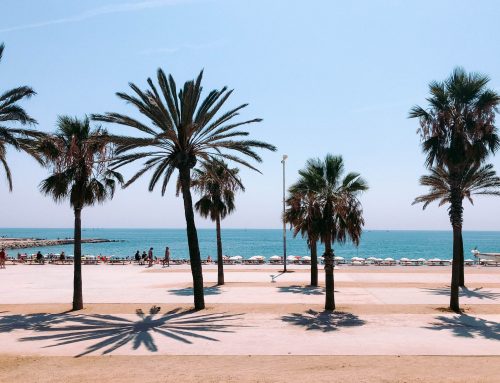«Barcelona is a city where residents are emboldened to walk down the middle streets»
Intrigued by what we look like to those looking in, I have spent time in the wake of the draconian sentencing of Catalan separatist leaders scouring the foreign press and watching newscasts edited in London or Doha. Occasionally I respond in comments and tweets to errors and imprecisions, like when an article in Roar claimed that protest strategies were copying Hong Kong. Hardly. If over a hundred years ago Franz Mehring could argue that Barcelona had experienced more “barricade struggles” than any other city in history, we should appreciate that this place has been through it all –and that almost all current street tactics are rooted in a long-codified semiotics of dissident practice. Barcelona, when it comes to demonstrations, has no need to copy.
If outside commentators get it wrong it might be because the media has its codes too, feeding viewers with pre-interpreted images that can make protests in Kowloon, Via Laietana and Beirut look alike to untrained eyes. True enough, such simplification is helped by the fact that cops everywhere seem to shop at the same place.
In Barcelona news teams get to film from right in the middle, like in a WWE smackdown, something no journalist ever does when embedded with real troops along real battle lines. This also looks cool, bolsters tv audiences and gives budding reporters a rush, though that should not be the point. By conflating difference, the media ends up hindering analysis, since a rubber bullet, blockade or bonfire in this place or that might mean something quite different, depending on the context.
Peaceful mass demonstrations in Barcelona, with their summer camp chants and baguette sandwiches wrapped in tinfoil, respond to recognizable patterns. Specialised confrontation does too, with indiscriminate baton swinging on the left met by selective container burning, stage right. If you have grown up in Barcelona and have spent time in marches, by your late teens you will have assimilated the language of street protest without anyone ever having taught you. You might also have gotten used to certain modes of more aggressive dissent, where an outsider might be taken aghast.
That said, even without its marches and protests, Barcelona is a city where residents are emboldened to walk down the middle of streets. The most obvious precedent is the Ramblas, enticing waves of walkers up from the port, with riptides rolling in the opposite direction, down to the sea. This has been copied in countless ersatz versions, like Rambla Guipúzcoa in La Verneda or the unusual Rambla de Sants, built over top of the train lines; these other ramblas are not authentic, since the original was a dry riverbed, a wadi, which would only become a watercourse with flash floods. A rambla, from the medieval Arabic word for “sandy surface”, should run perpendicular to the coastline.
Talk about taking back the streets. Decades ago, every medieval lane of Ciutat Vella had car traffic; now almost all are restricted. Another variation came when tighter neighbourhoods lost their sidewalks altogether, with pylons providing a symbolic separation whose message was clear: this street is pedestrian, but you can drive on it if you are careful. The latest iterations are the superblocks (the superilles), which take the pedestrian cause into the streets of the Eixample. Formerly obliged to bear the brunt of Barcelona traffic equally, now certain streets have been silenced, with the idea that residents may find other uses for their expanse. For the first time, many Eixample intersections are being conceived as squares. All of this effectively communicates to the city’s social subjects that the street can be walked in, blocked off, occupied; you can sit on it, have your lunch, sleep on its benches; your kids can draw on it, if they remembered to bring their paints. Is it really such a definitive leap from there to find select groups tearing it up to build barricades or using bits of it as projectiles? Some see a sharp line between pacific and violent use of the street; others see a sliding scale, a continuum, of interpreting the street as one’s own.
The favourite chant of those now marching is “els carrers seran sempre nostres” (“the streets will always be ours”), which has its origin in the revolutionary left. Since city streets belong to capital, big oil and the structures of power, and remind us daily of the weakness of the common domain, the phrase is objectively mistaken. Yet it is hopeful; it plants a seed, pointing to a possibility yet to be realised: unmediated control of the public domain. Add rhythmic clapping, chant in exuberant unison, and it is easy to believe, for just a few minutes, that its promise could be fulfilled.






